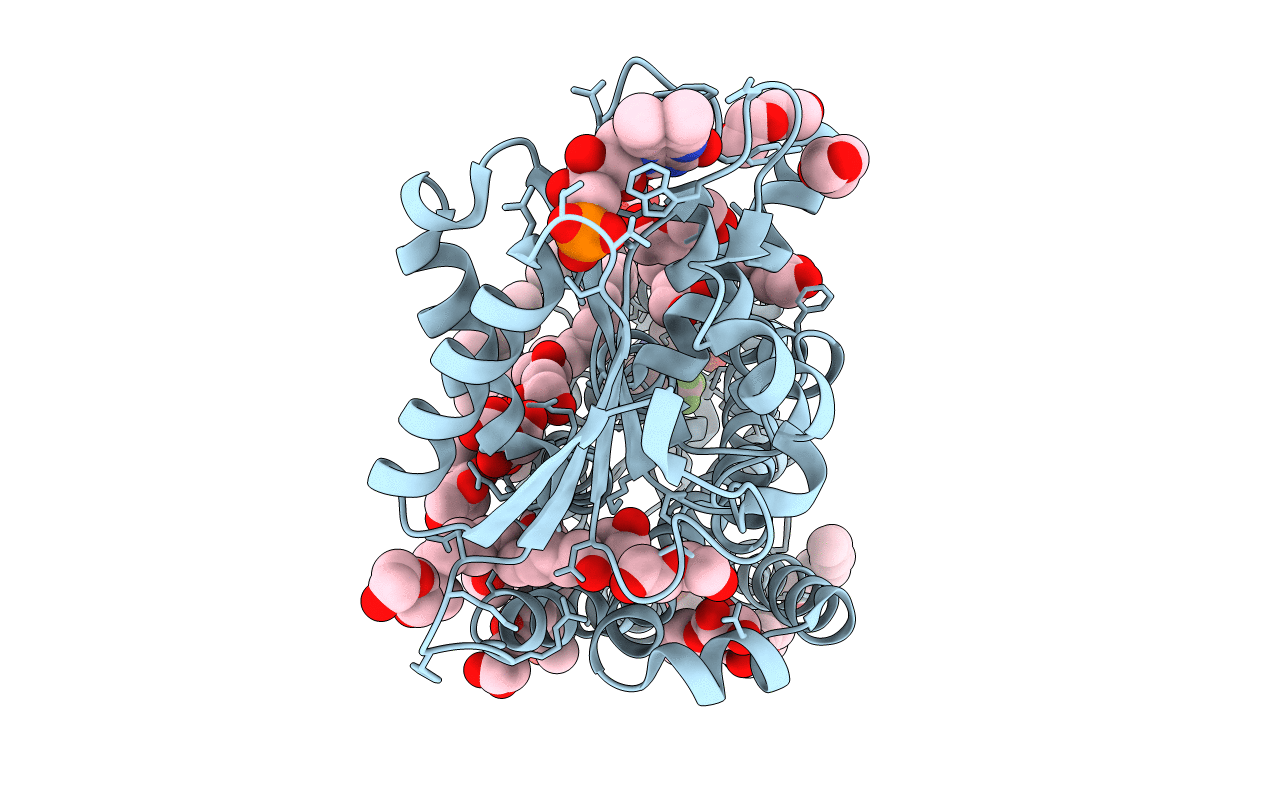
Deposition Date
2019-12-10
Release Date
2020-02-26
Last Version Date
2024-10-23
Entry Detail
PDB ID:
6LI0
Keywords:
Title:
Crystal structure of GPR52 in complex with agonist c17
Biological Source:
Source Organism:
Homo sapiens (Taxon ID: 9606)
Desulfovibrio vulgaris str. Hildenborough (Taxon ID: 882)
Desulfovibrio vulgaris str. Hildenborough (Taxon ID: 882)
Host Organism:
Method Details:
Experimental Method:
Resolution:
2.20 Å
R-Value Free:
0.21
R-Value Work:
0.19
R-Value Observed:
0.19
Space Group:
P 21 21 21


